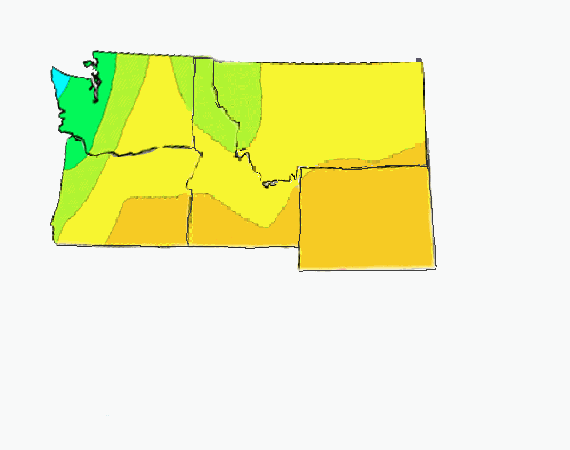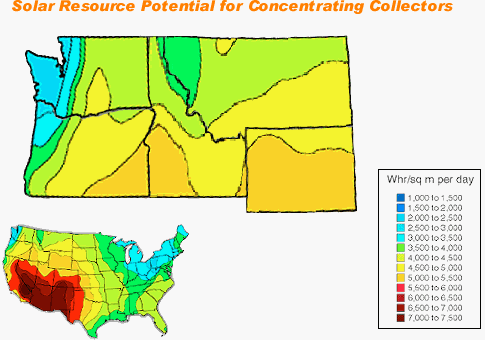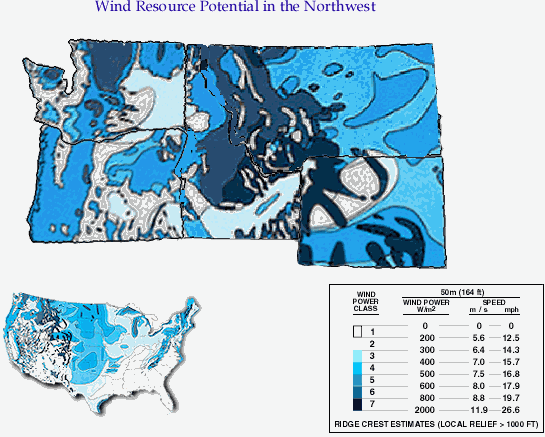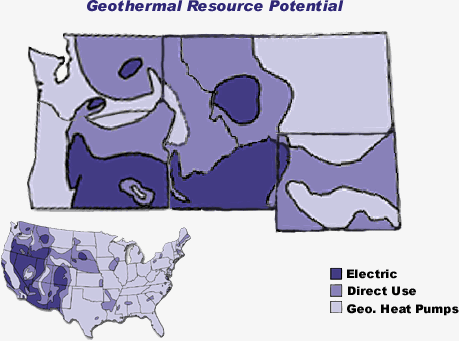
Conclusion
The current Northwest energy system runs primarily on three different sources of energy: coal, hydro, and petroleum. Either coal or hydro supplies most of the electricity in every state in the Northwest. Massive amounts of energy are consumed from petroleum sources as well, however, in non-electrical uses such as transportation.
Unfortunately, all three of these energy sources have drawbacks. Coal and petroleum are fossil fuels and therefore inherently limited in quantity. These fuels are also highly polluting, and cannot form the basis for a completely sustainable society. The other major source, hydroelectric power, has also come under fire from various groups due to adverse effects it imposes upon local aquatic life. The issue of how hydro should be weighed in terms of the benefits it brings with greatly lessened greenhouse gas emissions yet the drawbacks it presents with possibly causing the near extinction of several aquatic species is something we would like to continue exploring in the future. Technical impact information as well as sociological studies should both be used to shed more light on this delicate issue.
Given that the big three forms of energy in the Northwest all have their drawbacks, it is important to consider the potential for changing to more sustainable energy sources. There are significant renewable resources available throughout the Northwest. While solar energy is by and large limited in terms of its potential (at least near-potential), several areas have excellent wind or geothermal resources
A couple of states have some innovative incentive programs. Perhaps these could be models for the other states
At this time we conclude that renewable energy resources do have the potential to provide a significant amount of energy in the Northwest, but there are certainly some political issues we need to examine more (e.g. hydro dam removal, deregulation).
Solar Resource Potential in the Northwest
Resource potential for two types of solar systems has been evaluated. As can be seen, much of Wyoming and parts of southern Oregon and Idaho each have significant solar potential. Flat-plate solar power use is much better in these areas than solar concentrator use.

Solar Resource Potential for Flat-Plate

Wind Energy Potential in the Northwest
Most of the Northwest is suitable for wind power. To be effective wind power requires a wind class of three or higher. Most of the region falls above that class. Idaho and western Montana are particularly suited for wind power.

Geothermal Resource Potential in the Northwest
Much of the northwest, as can be seen on the map below, is well endowed with geothermal resources. These resources could be used today for electricity generation and home heating.

Many forms of renewable resources are available for energy production in the American Northwest. Next semester, we will spend time figuring out how best to use these resources. Technology constraints, sociological and economic distribution, and energy policy play key roles in determining the most effective use of these endless resources. In the fall, we will devise a comprehensive plan to move the American Northwest towards sustainable energy consumption.